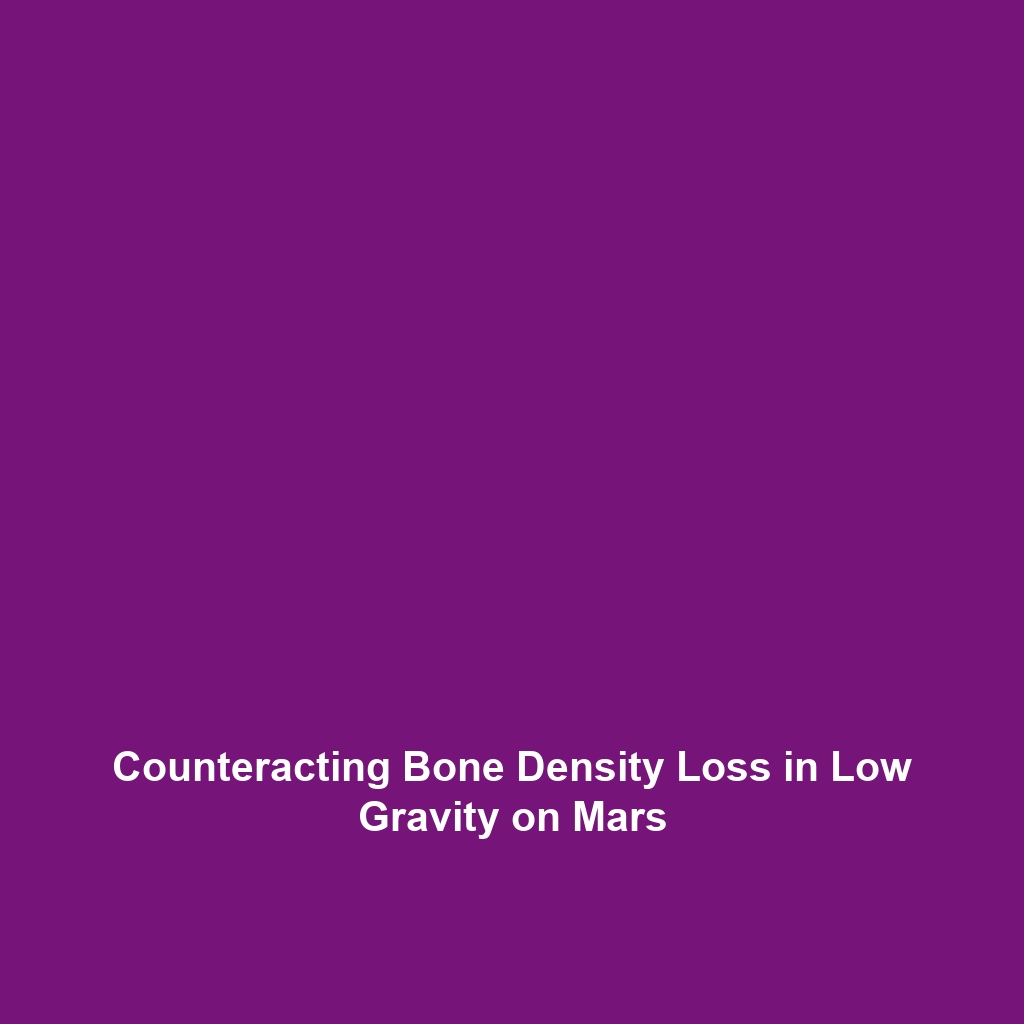Approaches: Advances in Biotechnology, Genetics, and Lifestyle Modifications in Cryonics & Life Extension
Introduction
The quest for extending human lifespan has gained significant momentum in recent years, especially within the realms of cryonics and life extension. Advances in biotechnology, genetics, and stem cell research are paving the way for innovative approaches to prolong life. Coupled with lifestyle modifications, including caloric restriction and exercise, these strategies offer promising avenues for improving human health and longevity. This article explores these advances and their profound implications for the future of cryonics and life extension.
Key Concepts
Biotechnology Innovations
Biotechnology encompasses a wide range of practices that use live organisms or their products to develop or create new products. Recent innovations have enabled researchers to manipulate genetic materials, leading to breakthroughs in gene therapy and regenerative medicine, which are critical for life extension.
Genetic Research
Genetics plays a pivotal role in understanding the aging process. Recent studies on telomeres, epigenetics, and gene editing tools like CRISPR-Cas9 have revealed new methods to potentially reverse aging at the cellular level.
Stem Cell Research
Stem cell therapy presents significant opportunities for regenerating damaged tissues and organs, promoting healing, and potentially extending healthspan. This research has significant ties to both cryonics and life extension initiatives.
Lifestyle Modifications
Lifestyle factors such as caloric restriction and regular exercise have been shown to influence longevity. These modifications activate cellular pathways that promote health and reduce age-related diseases.
Applications and Real-World Uses
The practical applications of these approaches within the realm of cryonics and life extension are substantial:
- Tissue Regeneration: Stem cell therapy is being applied to regenerate organs, enhancing survival rates in severe trauma cases.
- Gene Therapy: Targeted gene editing is used for treating genetic disorders, potentially providing longer lifespans.
- Health Optimization: Caloric restriction and exercise protocols are employed to mitigate age-related decline.
Current Challenges
Despite the promising advances, several challenges remain in implementing these approaches:
- Regulatory Hurdles: Navigating the complex approval processes for new biotech products.
- Public Perception: Addressing ethical concerns surrounding genetic modification and cryonic preservation.
- Technical Limitations: Overcoming the inefficiencies in applying stem cell therapies universally.
Future Research and Innovations
As research continues, several exciting innovations are on the horizon:
- Next-Gen CRISPR Technologies: Developing safer and more efficient gene editing techniques that could revolutionize therapies for aging.
- Artificial Intelligence in Research: Utilizing AI to discover new longevity pathways within genetic datasets.
- Personalized Medicine: Tailoring health protocols based on individual genetic profiles, optimizing the effectiveness of lifestyle modifications.
Conclusion
In summary, the synergy of biotechnology, genetics, stem cell research, and lifestyle modifications represents a transformative approach within the fields of cryonics and life extension. By fostering innovation in these areas, we can unlock the potential for improved health and longevity. For more information, consider exploring related topics such as Stem Cell Research or Caloric Restriction Techniques.

